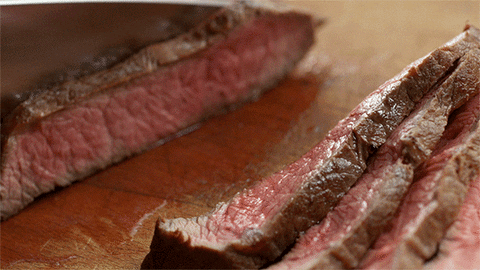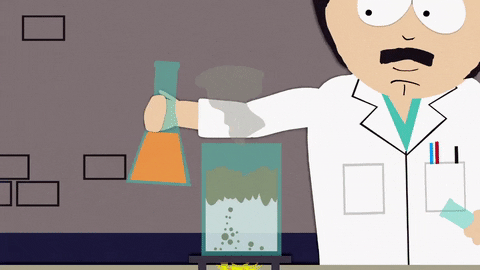Meat consumption has been in the middle of quite a controversy for the last few years. In fact, it has been criticized for its impact on the environment, health and animal welfare.
Indeed, meat has a strong negative impact on the environment, especially in terms of greenhouse gas emissions and water use. Excessive consumption of meat also have a negative impact on our health as it’s specifically linked to colon cancers and cardiovascular diseases. And lastly, Western societies have seen rising concerns for animal welfare in the food industry (lead by the vegan community).
Thus, the idea that Westerners had to reduce their consumption of meat has slowly been accepted by consumers. The food industry has adapted, proposing an increasingly large offer of meat alternatives. Those products can aim to answer to one, two or all three negative aspects of meat (environment, health, animal welfare).
In their article, Cor van der Weele and her team compare the future development of different types of meat alternatives and assess how sustainable they are and how likely the general population will accept them. They decided to focus on 5 alternatives : pulses, plant-based meat alternatives, algae-based alternatives, insect-based alternatives and cultured meat.
Those alternatives are really interesting as they are at very different stages of development and acceptation by consumers : we have pulses that have been cooked and eaten by Humans for millennia ; plant-based alternatives that have been more and more present on the market (with products like Beyond Meat and Impossible Food) ; algae- and insect-based alternatives that are consumed by different populations but are not common in the Western world ; and lastly cultured meat - meat cells that have been grown in a lab environment - that is still at the very start of its development.
“The more transformation and processing a meat alternative requires, starting from plants, the more uncertain its potential sustainability gains.” Cor van der Weele et al.
All of those alternatives, except pulses, need a lot of industrial transformations in order to make them fit for consumption. So, those alternatives consume a lot of energy and resources. And in a world where most of that energy comes from non-sustainable sources, these alternatives are not that sustainable either. The only alternative that does not need a lot of processing are pulses. Replacing meat by pulses will then have a strong positive impact on the environment.
Moreover, algae, insects and cultured meat also face a lot of different challenges : first, a technological challenge as there is still a need for a lot of research for them to be able to be edible ; second, a legal challenge as they need to be approved by the authorities to be saleable ; lastly, an organizational challenge as they need to be mass produced to be available for the maximum of consumers.
However, even if algae, insects and cultured meat face all those challenges and will possibly be not that interesting to reduce our environmental impact, those meat alternatives are in the spotlight. In fact, those alternatives receive much public and media attention. They are seen as an exciting innovation and draw most of the investments in this sector.
On the contrary, pulses, even as the most sustainable alternative, is mostly rejected by consumers, as they are seen as old fashioned and associated with ‘poor people’s meat’, and does not attract any investors.
“Widespread expectations that solutions require breakthrough novelties or high-tech alternatives imply a neglect of existing and viable alternatives” Cor van der Weele et al.
In conclusion, the alternative meats that attract the most attention and investments are those that seems to have little to no gains in terms of sustainability. A perfectly sustainable option like pulses is not explored further, principally because it’s not seen as a novel, technological and exciting innovation.
Of course, as this study was done with our current level of knowledge, it is still possible that a technological breakthrough will enable those high-tech alternatives to reduce their environmental impact drastically and make them a viable option for meat replacement. We may be able to escape a future filled with lentils, chickpeas and all sorts of beans !
Thank you for your attention ! Don’t hesitate to like, comment and share this article !
Source :
van der Weele, C., Feindt, P., van der Goot, A. J., van Mierlo, B., & van Boekel, M. (2019). Meat alternatives: an integrative comparison. Trends in Food Science & Technology, 88, 505-512.







